You may not know it, but, tomorrow is National Hagfish Day. The day was created to draw attention and appreciation of all marine animals and plants. So please do not forget to appreciate not only the charismatic bottlenose dolphin, but, also the not-so-charismatic hagfish, sea cucumbers and horseshoe crabs.
Here is a little bit of background information on the hagfish.
 The hagfish was thought to be a jawless lamprey when first discovered in Norway in 1747. This cartilaginous fish has no jaw, scales or fins and lives in temperate regions in the southern and northern hemispheres. When a hagfish is born it is born with both female and male reproductive organs. They often change from male to female by seasons. The over 70 species belong to the family “Myxinidae”. The prefix myxi- means slime and relates to the animals ability to produce a slime as a form of defense.
The hagfish was thought to be a jawless lamprey when first discovered in Norway in 1747. This cartilaginous fish has no jaw, scales or fins and lives in temperate regions in the southern and northern hemispheres. When a hagfish is born it is born with both female and male reproductive organs. They often change from male to female by seasons. The over 70 species belong to the family “Myxinidae”. The prefix myxi- means slime and relates to the animals ability to produce a slime as a form of defense.
Another interesting fact is that the hagfish is practically blind as it has its eyes located under its slimy skin.
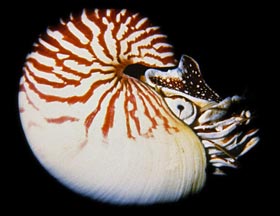
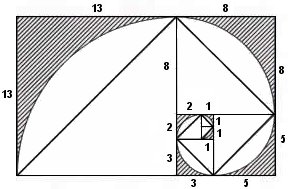
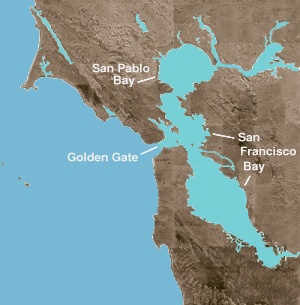

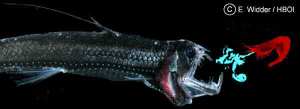
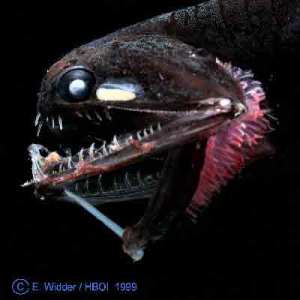










What people are saying …